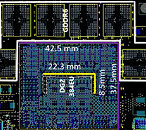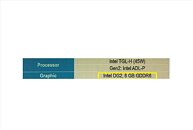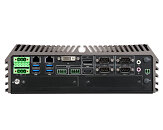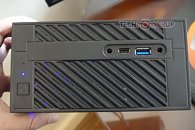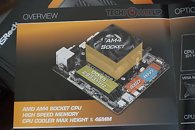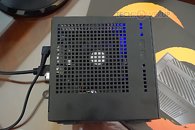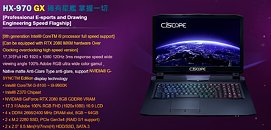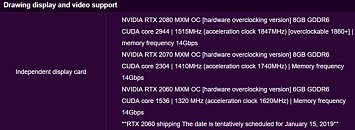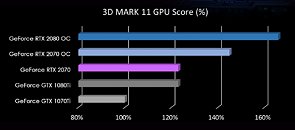Cincoze Releases Edge AI Computing Solutions at Embedded World 2025
Cincoze will showcase its full range of embedded computing solutions at Embedded World 2025 (Hall 1, Booth No.: 1-407) in Nuremberg, Germany, on March 11-13. Cincoze will display world-class industrial embedded computing products around the theme of "Edge AI, Smart Integration," encompassing the full spectrum of industrial application environments in four dedicated zones, including GPU embedded computers, DIN-Rail computers, rugged embedded computers, and industrial panel PCs and monitors.
GPU Embedded Computers: AI Application Solutions
The GPU Computing - GOLD product line combines powerful CPUs and GPUs to meet the ultimate performance requirements for edge AI applications. The three-series lineup covers Light, Medium, and Heavy AI use cases. The GJ series features an NVIDIA Jetson SoM GPU with a low-power design specially designed for Light AI applications. The GM series supports MXM GPUs and can meet mobile or Medium AI application requirements. The flagship GP series supports up to two 250 W full-length GPU cards and has patents for heat dissipation, scalability, and securing, making it the best choice for Heavy AI applications. The entire product line has passed EN50121-3-2, E-mark, and MIL-STD-810H to ensure reliability across applications in different industries.
GPU Embedded Computers: AI Application Solutions
The GPU Computing - GOLD product line combines powerful CPUs and GPUs to meet the ultimate performance requirements for edge AI applications. The three-series lineup covers Light, Medium, and Heavy AI use cases. The GJ series features an NVIDIA Jetson SoM GPU with a low-power design specially designed for Light AI applications. The GM series supports MXM GPUs and can meet mobile or Medium AI application requirements. The flagship GP series supports up to two 250 W full-length GPU cards and has patents for heat dissipation, scalability, and securing, making it the best choice for Heavy AI applications. The entire product line has passed EN50121-3-2, E-mark, and MIL-STD-810H to ensure reliability across applications in different industries.








































